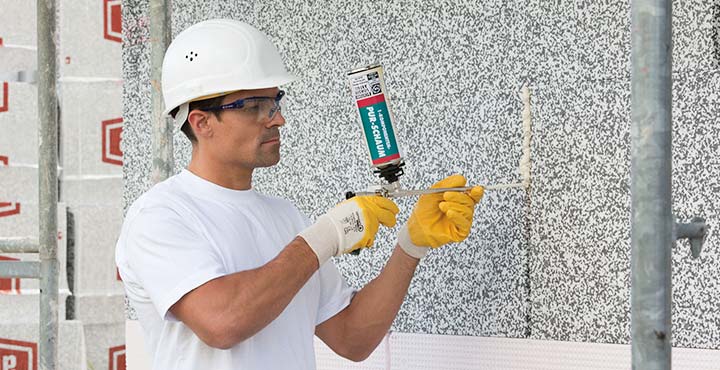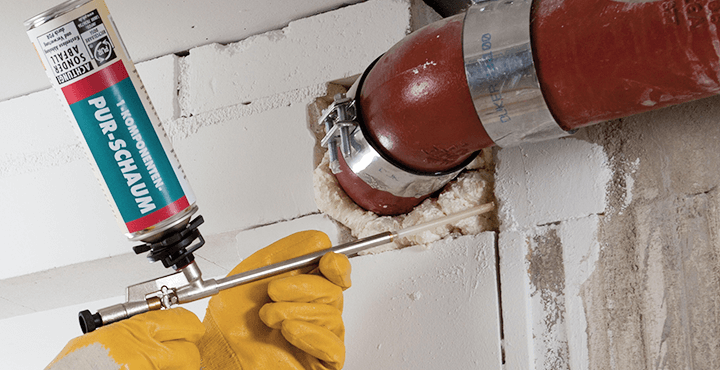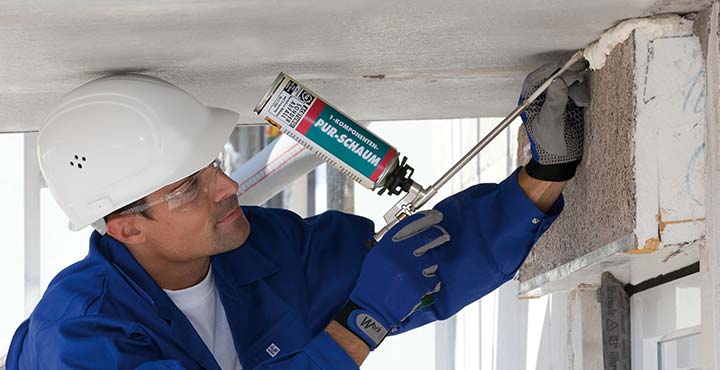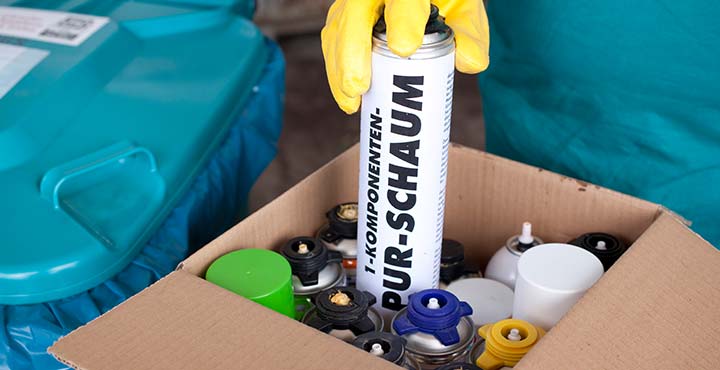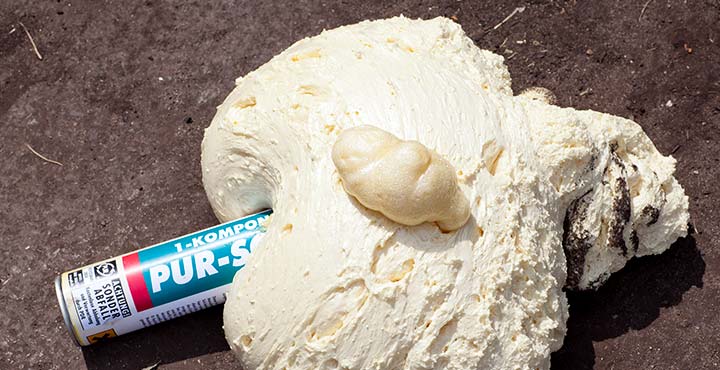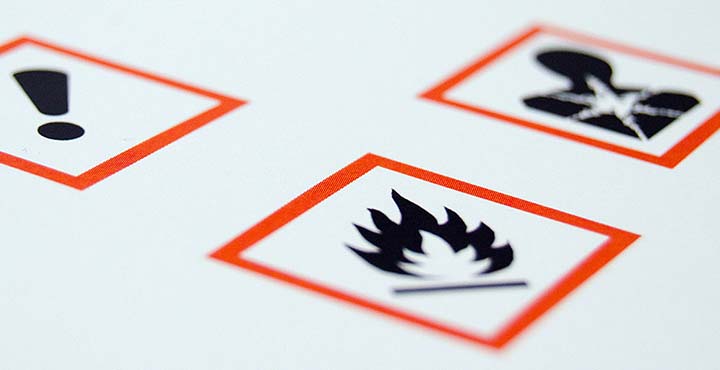
Ecology and recycling
Where can I hand in the PU foam cans for recycling?
Can used PU foam cans also be collected directly from my company?
Why are spent PU foam cans classified as special waste?
What is the ecological benefit of PU foam?
What are the advantages of PU foam?
How much cheaper is it to use PU foam compared to mineral wool?
How good are the thermal protection and the insulation value of PU foam?
Where can I hand in the PU foam cans for recycling?
You can either return single cans to the local municipal depot or to DIY or construction materials stores. Please go to the PDR website to find the next free return point close to you.
Can used PU foam cans also be collected directly from my company?
The specialist recycling company, PDR Recycling GmbH, will pick up larger quantities of spent PU foam cans. For more information, please visit www.pdr.de
Why are spent PU foam cans classified as special waste?
Due to their MDI content, PU cans are defined by law as hazardous waste and may not be disposed of e.g. via the dual system in Germany (Green Dot), or be placed in yellow bins or yellow sacks.
What is the ecological benefit of PU foam?
PU foams from pressurised packaging are primarily used for thermal insulation. The excellent insulating properties achieve excellent results with respect to energy savings and, by association, a reduction of CO2 emissions. Mineral construction materials such as plaster, mortar or concrete have almost no thermal insulation effect. Glass-wool fillings decompose gradually, thereby loosing their thermal insulation effect. And of course insulation materials such as sheep's wool or spray cork only have half the insulation value. Also, natural insulation materials are often preserved with chemicals. PU foams ensure that joints are permanently sealed. The applied foam also gets into the smallest of gaps and hollow spaces. This has been proven by tests conducted by the ift Rosenheim.
What are the advantages of PU foam?
One of the greatest advantages of PU foam is its excellent insulating properties. Also, PU foams in pressurised cans are easy to use and very mobile. You can use PU foam cans to insulate, seal and fill window joints in one work step after the window has been attached mechanically. As PU foam continues to expand after it has been applied, it can also fill irregularly shaped joints reliably. This is very important especially in the sanitation field. If the work is carried out with the necessary level of care, the result is a well-insulated, draught-free yet breathable connection. This makes insulated joints energy efficient and contributes to climate protection. Also, PU foam is permanently resistant to mould, damp, bacteria and many alkalis and acids.
How much cheaper is it to use PU foam compared to mineral wool?
Cost comparison for thermal insulation of a typical window installation situation
What average costs are generated when insulating a window joint with PUR foam, and what are the costs of using mineral wool? This was the central issue addressed in the expert report by Prof. Klaus Layer, expert at the Mannheim Chamber of Commerce and Industry for the glazing industry. The study based its result on the assumption that the window joint was created correctly both from a building and also a technical point of view. It uses a typical calculation that looks at both the factor material and the factor work at realistic prices. Also, the various installation situations for new buildings and renovation work were addressed.
The detailed results:
The costs were determined per running metre and show that using mineral wool is 2.5 – 5.1 times more expensive than using PU foam. The use of PUR foam saves public and private builders in Germany an annual sum of 115 million euros (as per 2005) in construction projects. The precise calculations and coefficients are stated in the expert report.
Thermal conductivity of insulating materials
Expertise on the cost situation for insulating window joints
How good are the thermal protection and the insulation value of PU foam?
The λ-value states how well an insulating material insulates. The lower the value, the better its conductivity and therefore the better the insulating value. Construction foam has a λ-value of 0.030-0.040 W/mK. According to the manufacturer, the insulating value is achieved throughout the foamed area during application. For instance, the value for mineral wool is highly dependent on the skill of the tradesman filling the gaps.
Here is a comparison of the insulation values of various insulting materials:

